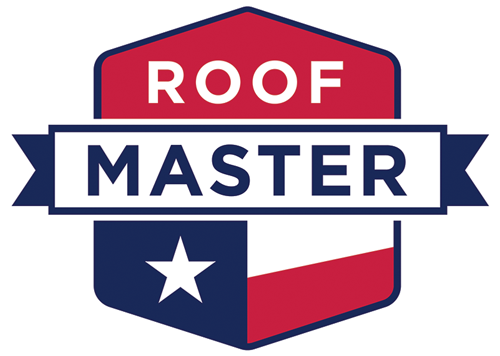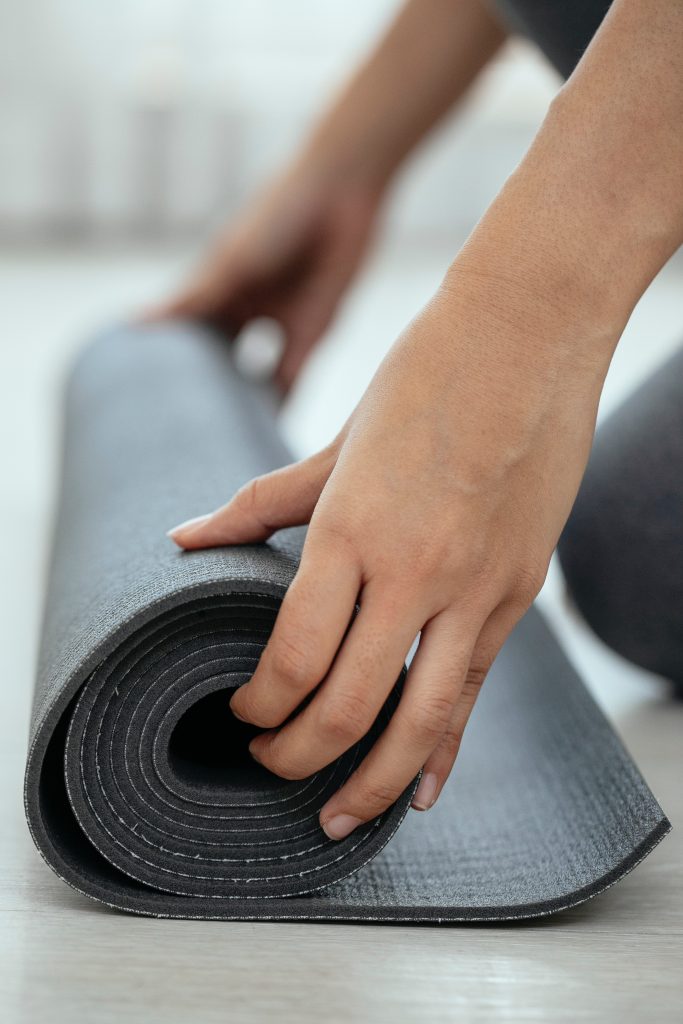Homeowners considering synthetic roof underlayments should consider some of the issues that often come up with the material before buying it. Although the roofing underlayment does have its benefits, knowing the cons helps you make a better decision.
Synthetic roof underlayment is common among most homeowners because it ensures a longer roof lifespan. It is also available in different types, and has a longer lifespan than other types.
But before looking at synthetic’s roof underlayment problems, lets also examine its characteristics and benefits to help you make an informed decision. The article will also explain why you need roof underlayment.
Let’s get straight into it.
What Is Synthetic Roof Underlayment?
Many structures make up the roof, but the underlayment is an essential feature. During the roof installation, the roofer fixes the underlayment at the base before installing the top layer, which is the shingles.
Among the many types of roof underlayment, synthetic roofing underlayment is one of the more common types. Manufacturers create it through weaving or spinning polyethene and a polymer together.
The end product is a protective barrier that roofers install between the roofing materials and the deck to prevent water entry and reduce heat exchange in the roof.
Synthetic roofing underlayment is different from felt underlayment. Felt underlayment manufacturers saturate felt fabric with asphalt to get a protective material for the underneath roofing materials.
In most cases, felt is cheaper than synthetic because of the difference in thinness and weight. It also has a shorter lifespan because it degrades faster than synthetic underlayment.
Functions Of A Roofing Underlayment
Some homeowners don’t take their time to choose the best roofing underlayment because they don’t see the importance of having one. However, installing a new roof in your home without an underlayment can effectively reduce its lifespan. Some of the reasons you need an underlayment are:
1. Moisture Protection
Roofs with a poor drainage system or a flat slope can retain water on the shingles after rains, especially if not properly installed with an underlayment. Also, snow forms ice dams on the roof, and the moisture can slowly seep into the shingles.
Moisture causes significant damage to the rafters and other materials underneath. For example, wood decks and rafters swell and rot, weakening the entire roof. A roofing underlayment prevents the water from sipping through the rafters and inner roof materials.
2. Weather Protection
Your roof’s shingles offer the first line of defense for your roof. They protect your indoors environment from wind, dust, and water and shield the house from UV rays.
However, some weather conditions are too harsh for just the shingles to handle. For example, strong winds can damage and blows off shingles. When the roof is left bare, water, moisture, and the elements can enter the inner parts and cause damage. However, having an underlayment protects the roof rafters and seams, increasing its lifespan and giving you more time to have repairs done.
3. Fire Safety
There are many causes of home fires, and some happen abruptly. If you have non-fire resistance shingles, the underlayment can help prevent or even stop fires from spreading outright. When buying, choose roofing underlayment that complies with the building codes and consider the fire rating as well.
4. Uniformity Of The Shingles
Sometimes the roof deck could have unnecessary slopes that you cannot correct. It can affect your home’s aesthetics and also tampers with the architectural design. The shingles can also hardly correct the problem of the uneven slope.
However, installing a roof underlayment can even out the slope. It creates a straighter surface where the roofer places the shingles and covers the defects or uneven parts. The home maintains the roof’s aesthetics and architectural structure.
Characteristics Of Synthetic Roof Underlayment
Before buying a roof underlayment, first, check the characteristics. They help you narrow down your options and make better decisions. Some of the features of a synthetic roofing underlayment are:
1. Durability
Synthetic roof underlayment hardly tears and can withstand UV rays and moisture for a longer time. The durability allows you to properly perform shingle replacement or roof installation, as the underlayment protects the inner roofing parts.
2. Easy To Install
The synthetic roof underlayment is lighter than other materials, making it easier to install. It also comes in wider and longer rolls, reducing the number of times the installer will climb up and down the ladder to carry the rolls up the roof.
3. Safety
Anyone working on the roof needs to pay extra attention to their safety when up there. The synthetic roofing underlayment is slip-resistant, keeping any technicians or installers safe and enhancing workability. Underlayment also shows where to place the fasteners, ensuring consistent, even surfaces that are naturally safer to stand on.
Problems With Synthetic Slate Roofs
While looking at the pros, it is also essential to study the problems with synthetic roof underlayment. Some of the downsides are:
1. Cost
Compared to the other underlayments, synthetic roofs are more expensive. It is costly to buy and install because of the benefits like extended durability and fireproof rating. For the most part however, roofing underlayment is often worth the cost.
2. Heavy To Lift
The synthetic roofing underlayment comes in large rolls, and that makes it heavy to lift. You will need to hire more installers or a machine to help place the underlayment on the roof, which adds to the price of your roofing installation.
3. Fragile
Roofers have to handle the synthetic slate underlayment with care because it can easily tear undesirably when cutting or nailing it. The underlayment can also crack when installing the shingles. Therefore, homeowners should hire qualified roofers to properly handle the material during installation.
4. Difficult To Repair And Replace
Replacing synthetic slate roofs is challenging due how difficult it can be to find new matching tiles with your current ones. Most of the different varieties of synthetic tiles are shaped in various sizes and thicknesses, so installing different tiles can change the aesthetics of your roof drastically.
5. Difficult To Find Qualified Installers
Since installing synthetic slate roofing is not easy, there are few professional installers that can handle the job. However it’s important to confirm the details of the job and always ensure you get a qualified installer for your slate roof and underlayments. Poor initial installation can lead to many roofing problems like leaks, cracks, and other problems that will require repair or replacement.
Final Words
Now that you know the potential issues you can run into with using synthetic roof underlayment, you can make a qualified and informed decision when choosing the right material and roofing installer. Always ensure you hire a qualified synthetic roof underlayment installer like Roof Master to reduce the chances of problems down the line.



